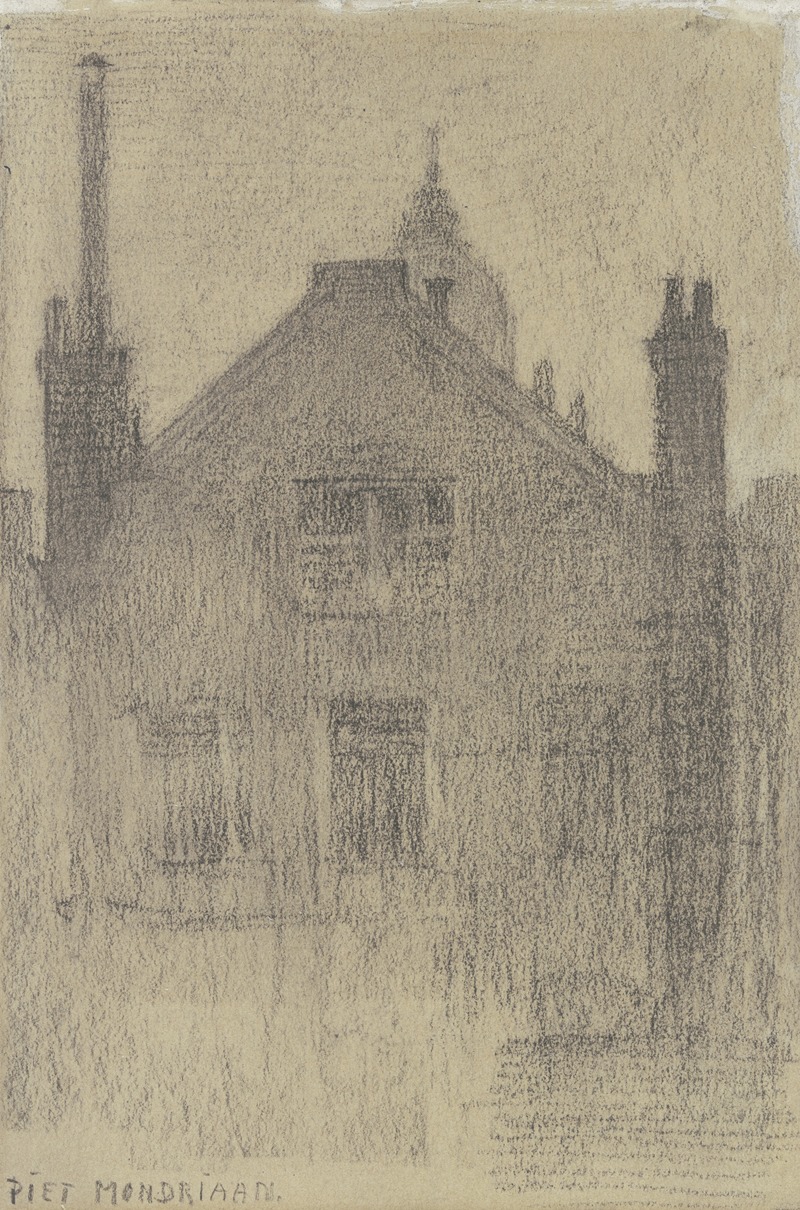
Upper Façade of House on the Hemonylaan, Amsterdam
A hand-painted replica of Piet Mondrian’s masterpiece Upper Façade of House on the Hemonylaan, Amsterdam, meticulously crafted by professional artists to capture the true essence of the original. Each piece is created with museum-quality canvas and rare mineral pigments, carefully painted by experienced artists with delicate brushstrokes and rich, layered colors to perfectly recreate the texture of the original artwork. Unlike machine-printed reproductions, this hand-painted version brings the painting to life, infused with the artist’s emotions and skill in every stroke. Whether for personal collection or home decoration, it instantly elevates the artistic atmosphere of any space.
Piet Mondrian, a pivotal figure in the development of modern art, is renowned for his contributions to abstract art and his role in the De Stijl movement. While Mondrian is best known for his grid-based compositions featuring primary colors, his early works often depicted more representational subjects, including landscapes and architectural elements. One such work is "Upper Façade of House on the Hemonylaan, Amsterdam."
This painting, created during Mondrian's early career, reflects his interest in architecture and urban landscapes. The Hemonylaan is a street in Amsterdam, and during the time Mondrian painted this piece, he was exploring the interplay of light and shadow on building surfaces. This period of Mondrian's work is characterized by a more naturalistic style compared to his later abstract compositions.
"Upper Façade of House on the Hemonylaan, Amsterdam" captures the essence of Amsterdam's architectural style, focusing on the geometric forms and the rhythmic arrangement of windows and façades. Mondrian's attention to detail and his ability to convey the texture of the building materials are evident in this work. The painting likely reflects the influence of Impressionism and Post-Impressionism, movements that Mondrian was exposed to during his early artistic development.
During the early 20th century, Amsterdam was a hub of artistic activity, and Mondrian was part of a vibrant community of artists who were experimenting with new forms and techniques. His work from this period often shows a transition from traditional representation to a more abstract approach, which would later culminate in his iconic style known as Neoplasticism.
Mondrian's exploration of architecture in his paintings can be seen as a precursor to his later abstract works, where he would distill forms into their most basic elements. The focus on structure and form in "Upper Façade of House on the Hemonylaan, Amsterdam" hints at Mondrian's evolving artistic philosophy, which sought to express universal truths through abstraction.
Although this particular painting may not be as widely recognized as Mondrian's later works, it provides valuable insight into his artistic journey and the development of his unique style. It serves as an example of how Mondrian's early experiences and observations of the world around him informed his later, more abstract compositions.
In summary, "Upper Façade of House on the Hemonylaan, Amsterdam" is an important piece in understanding Piet Mondrian's artistic evolution. It reflects his early interest in architecture and urban landscapes, showcasing his skill in capturing the essence of his surroundings. This work is a testament to Mondrian's ability to transform everyday scenes into compositions that hint at the abstract principles he would later fully embrace.





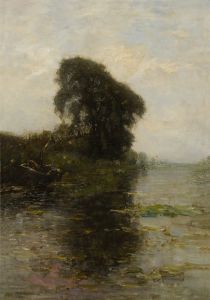


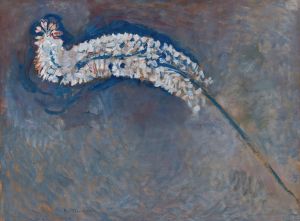
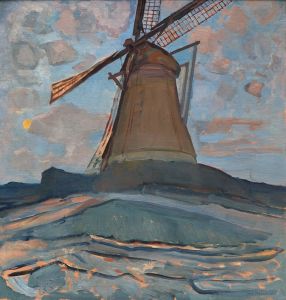
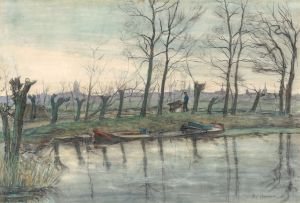
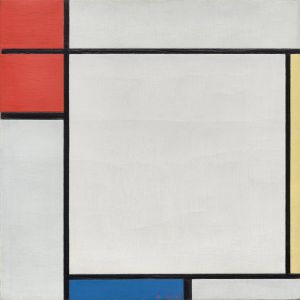
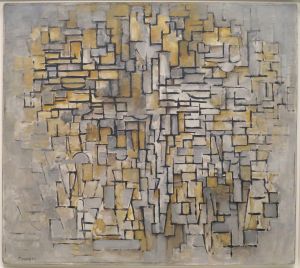
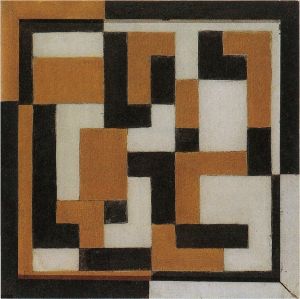
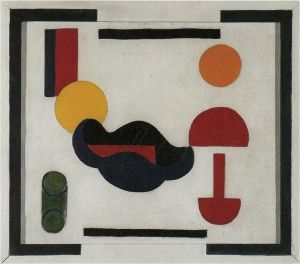
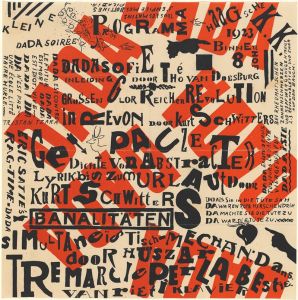

![Designs for Shellball Apartments, 8300 Talbot St. at Lefferts Blvd., Kew Gardens, New York, NY.] [Perspective drawing of lobby](/imgs/249322/s/winold-reiss-designs-for-shellball-apartments-8300-talbot-st-at-lefferts-blvd-kew-gardens-new-york-ny-perspective-drawing-of-lobby-e19c70e0.jpg)